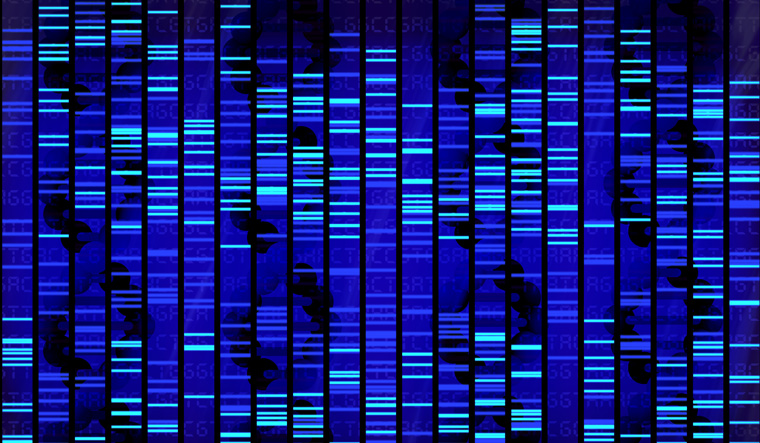An artificial intelligence system has identified a previously unknown human ancestor that roamed the planet tens of thousands of years ago and left a genomic footprint in Asian individuals, scientists say.
By combining deep learning algorithms and statistical methods, researchers from the University of Tartu in Estonia, Institute of Evolutionary Biology (IBE), and the Centre for Genomic Regulation (CRG) in Spain and found that the extinct species was a hybrid of Neanderthals and Denisovans and cross bred with modern humans in Asia.
The finding, published in Nature Communications, would explain that the hybrid found last year in the caves of Denisova -- the offspring of a Neanderthal mother and a Denisovan father—was not an isolated case, but rather was part of a more general introgression process.
Researchers used deep learning for the first time ever to account for human evolution, paving the way for the application of this technology in other questions in biology, genomics and evolution.
One of the ways of distinguishing between two species is that while both of them may cross breed, they do not generally produce fertile descendants.
However, this concept is much more complex when extinct species are involved.
In fact, the story told by current human DNA blurs the lines of these limits, preserving fragments of hominids from other species, such as the Neanderthals and the Denisovans, who coexisted with modern humans more than 40,000 years ago in Eurasia.
"About 80,000 years ago, the so-called Out of Africa occurred, when part of the human population, which already consisted of modern humans, abandoned the African continent and migrated to other continents, giving rise to all the current populations," said Jaume Bertranpetit, principal investigator at the IBE.
"We know that from that time onwards, modern humans cross bred with Neanderthals in all the continents, except Africa, and with the Denisovans in Oceania and probably in South-East Asia, although the evidence of cross-breeding with a third extinct species had not been confirmed with any certainty," said Bertranpetit.
Hitherto, the existence of the third ancestor was only a theory that would explain the origin of some fragments of the current human genome (part of the team involved in this study had already posed the existence of the extinct hominid in a previous study).
However, deep learning has made it possible to make the transition from DNA to the demographics of ancestral populations.
It is the first time that deep learning has been used successfully to explain human history, paving the way for this technology to be applied in other questions in biology, genomics and evolution.
The deep learning analysis has revealed that the extinct hominid is probably a descendant of the Neanderthal and Denisovan populations.
"Our theory coincides with the hybrid specimen discovered recently in Denisova, although as yet we cannot rule out other possibilities," said Mayukh Mondal, an investigator of the University of Tartu.


